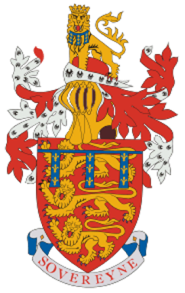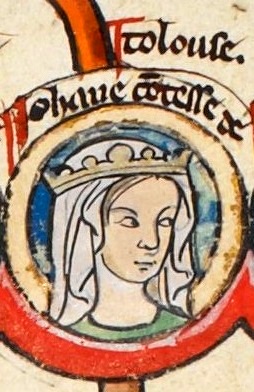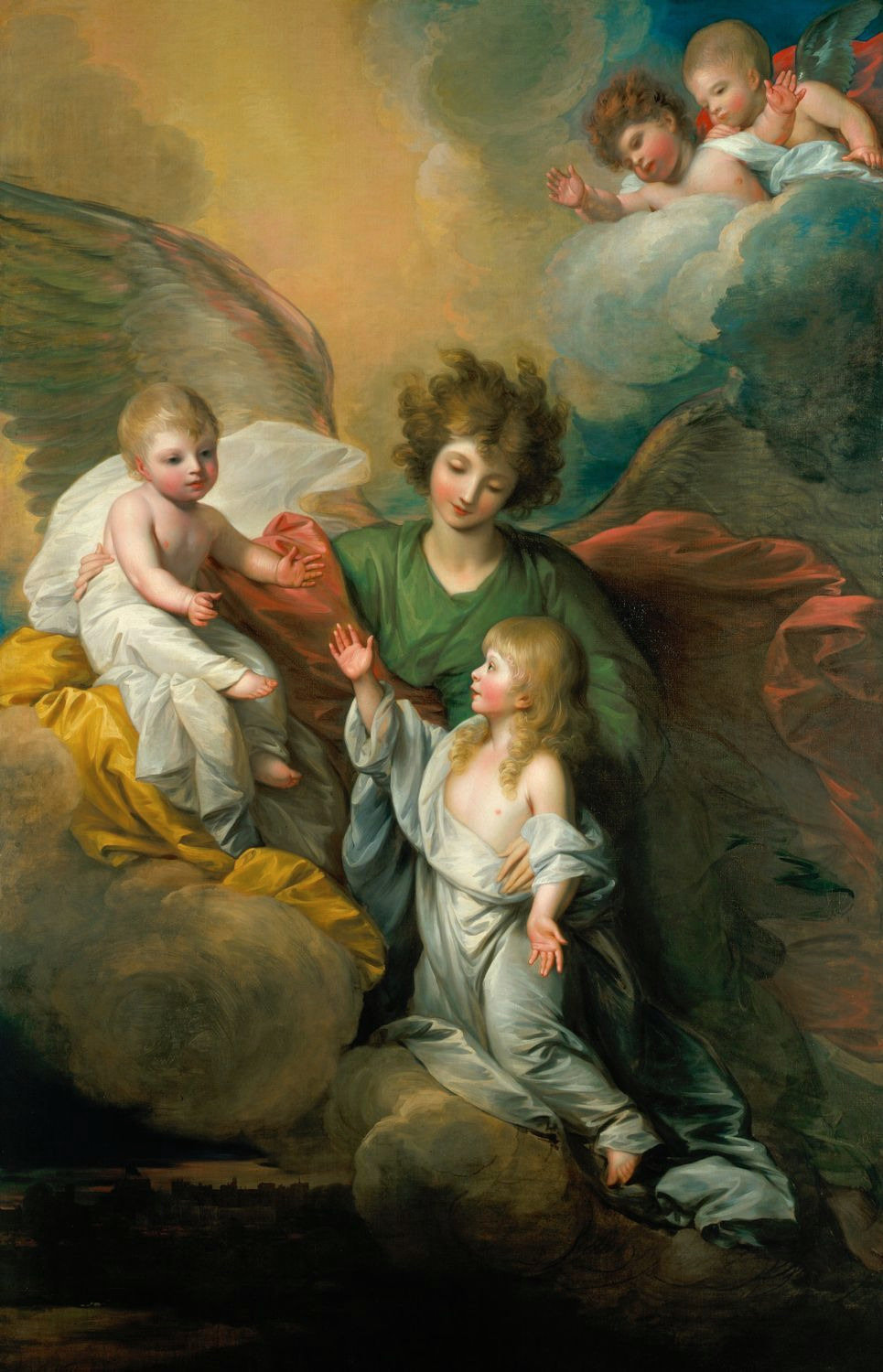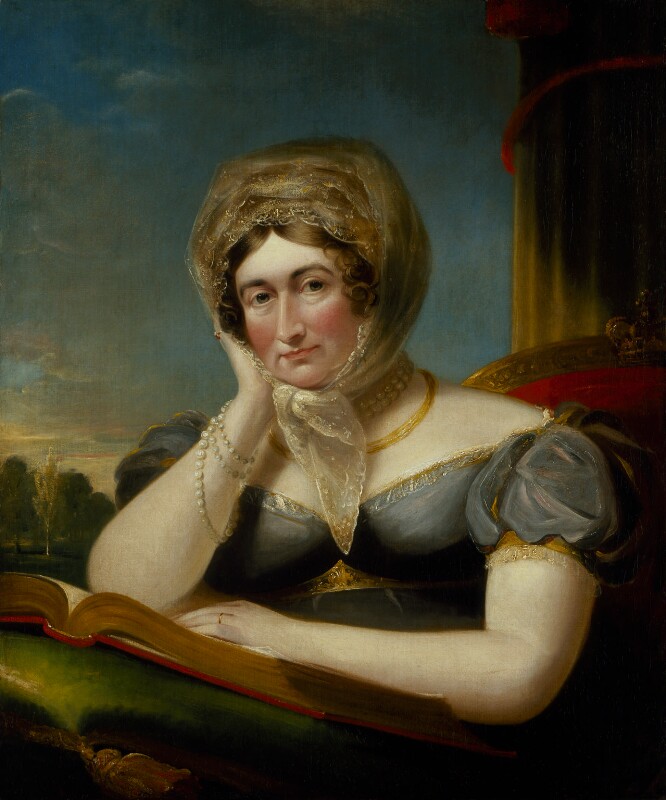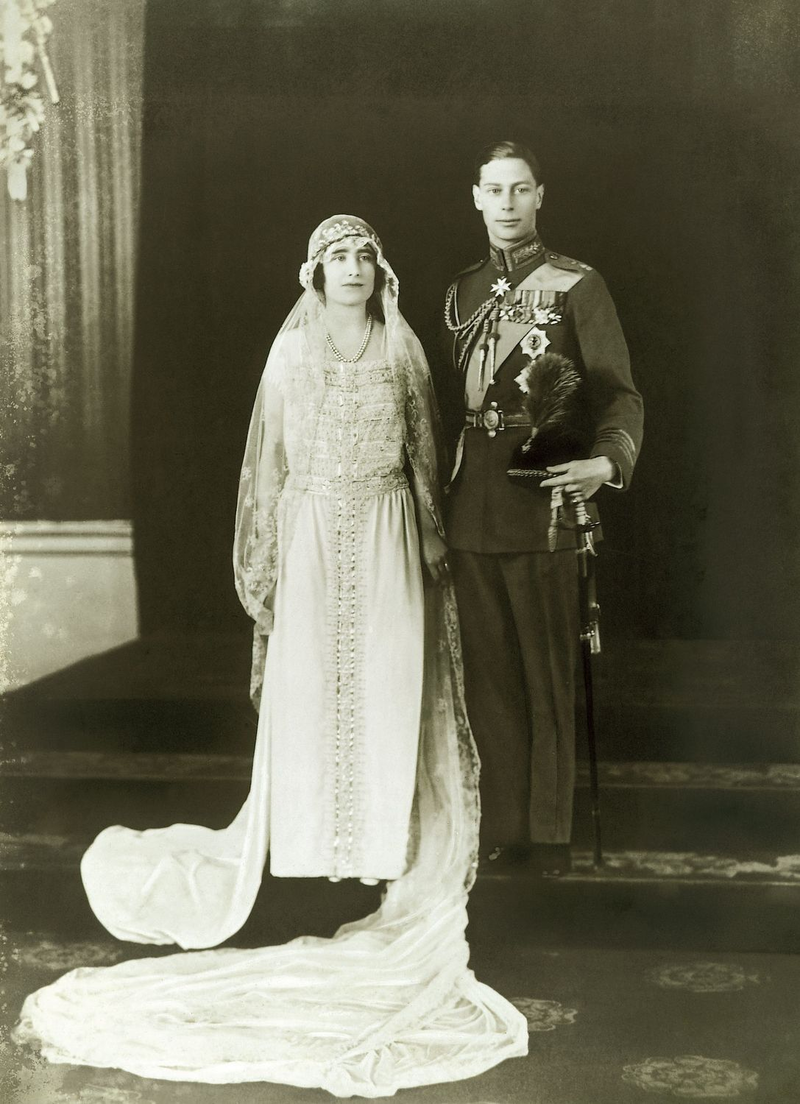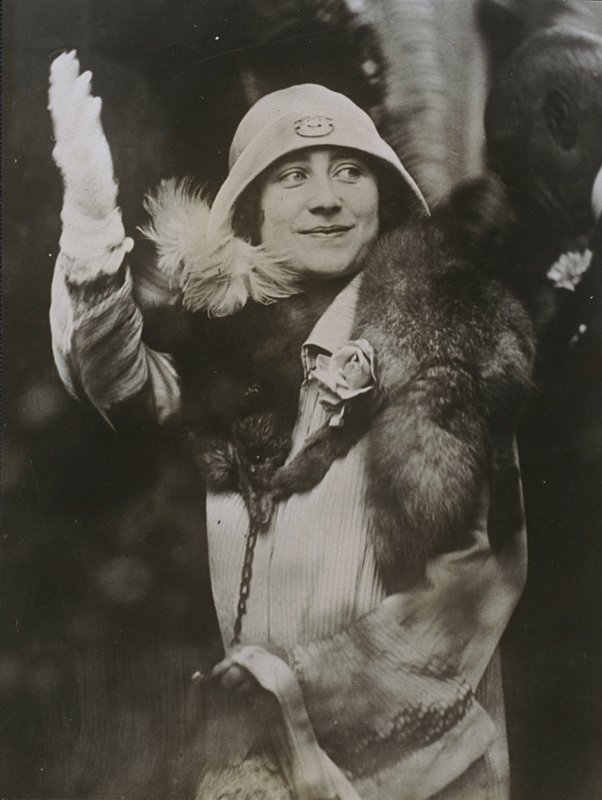by Susan Flantzer © Unofficial Royalty 2013

Royal Burial Ground, Frogmore near Windsor Castle, Credit – Wikipedia
Of course, it is well known that Diana, Princess of Wales tragically died in a car accident at the end of August. However, several other recent British royals died tragically during the last week of August before her death.
- August 25, 1942 – Prince George, Duke of Kent, son of King George V and brother of King George VI, died when a military plane taking him to Iceland, crashed in Scotland
- August 27, 1968 – Princess Marina, Duchess of Kent, widow of Prince George, Duke of Kent, died just hours after it was announced that she was seriously ill with a brain tumor
- August 28, 1972 – Prince William of Gloucester, a first cousin of Queen Elizabeth II, was killed in an airplane accident at an air show
- August 27, 1979 – Louis Mountbatten, 1st Earl Mountbatten of Burma, Prince Philip’s uncle and a great-grandson of Queen Victoria, was assassinated by an Irish Republican Army bomb
- August 31, 1997 – Diana, Princess of Wales was killed in a car accident in Paris, France
**********************

Prince George, Duke of Kent; Credit – Wikipedia
August 25, 1942 – Prince George, Duke of Kent, aged 39, son of King George V and brother of King George VI, died when a military plane taking him to Iceland, crashed in Scotland
Unofficial Royalty: Prince George, Duke of Kent
Prince George, the fourth son and fifth of six children of King George V and Mary of Teck, was born on December 20, 1902, at York Cottage on the Sandringham Estate in Norfolk, England. On November 29, 1934, he married his second cousin Princess Marina of Greece and Denmark at Westminster Abbey. Shortly before his marriage, George was created Duke of Kent. The Duke and Duchess of Kent had three children:
The Duke of Kent spent eight years on active duty in the Royal Navy serving on the dreadnought battleship HMS Iron Duke and the Nelson-class battleship HMS Nelson. After retiring from the navy in 1929, the Duke of Kent held posts at the Foreign Office and the Home Office, becoming the first member of the British Royal Family to work as a civil servant. At the start of World War II, the Duke of Kent returned to active military service and served in the Intelligence Division of the Admiralty. In April 1940, he transferred to the Royal Air Force and assumed the post of Staff Officer at RAF Training Command.
On August 25, 1942, the Duke of Kent and fourteen others, took off from Invergordon, Scotland in an RAF Short S.25 Sunderland flying boat. The official story was that the Duke was on a morale-building visit to RAF personnel stationed in Iceland. The crew had been carefully selected. The pilot Flight Lieutenant Frank Goyen was considered one of the best Sunderland pilots in the RAF. The co-pilot was Wing Commander Thomas Lawton Mosley, one of the RAF’s most experienced pilots. He was also a navigation specialist and a former instructor at the School of Navigation. Also on board was the Duke of Kent’s private secretary John Lowther, his equerry Michael Strutt, and his valet John Hales.
The Short S.25 Sunderland flying boat took off from Invergordon on the east coast of Scotland at 1:10 p.m. This type of aircraft had standing orders to fly over water, only crossing land when necessary. The flight plan was to follow the coastline to the northernmost tip of Scotland and then turn northwest towards Iceland. The aircraft crashed into Eagle’s Rock near Dunbeath, Caithness, Scotland later that afternoon at an altitude of around 650 feet. The aircraft was off course when the accident happened and the exact time of the crash is disputed. 2,500 gallons of fuel, carried in the wings, exploded and 14 of the 15 passengers perished. The Duke of Kent was 39 at the time of his death and six weeks earlier the Duchess of Kent had given birth to the couple’s third child Prince Michael. The Duke’s widow was only 35 years old and his children were aged 6, 5, and 6 weeks. There still is much mystery surrounding this plane crash.
The Duke of Kent’s funeral was held on August 29, 1942, at St. George’s Chapel, Windsor. The Duchess of Kent entered the chapel with Queen Elizabeth and the Duke’s mother, Queen Mary. They were dressed in black and their faces were covered with heavy crepe veils. Queen Elizabeth helped the Duchess of Kent step up to her seat in the choir stalls. Behind the coffin came Admiral Halsey (representing the Duke of Windsor), King Haakon VII of Norway, King George II of Greece, King Peter II of Yugoslavia, Prince Bernhard of the Netherlands, Crown Prince Olav of Norway, and other members of the British Royal Family. Queen Wilhelmina of the Netherlands also attended the funeral. As the casket was lowered onto the purple-covered bier, the Duchess of Kent sank to her knees in prayer. Queen Elizabeth comforted her as she resumed her seat and The Very Rev. Albert Baillie, the Dean of Windsor, began the service. The Duchess of Kent wept and almost collapsed during the service and there were tears in the eyes of Duke of Kent’s brothers, King George VI and the Duke of Gloucester. After the service, King George VI, with tears in his eyes, moved forward and sprinkled earth upon the coffin as it slowly descended into the vaults below St. George’s Chapel.
There was a moving scene when the King of Arms recited the styles and titles of the Duke of Kent. The Duchess, still with tears in her eyes, rose to her feet. Members of the Royal Family began to weep, and then Queen Elizabeth, holding the Duchess by the arm, led her from the choir stalls. The Duchess looked down into the gaping space where her husband’s body had descended and stood for several minutes with her lips moving in prayer. The King and the Duke of Gloucester stood nearby. Then Queen Elizabeth led the weeping Duchess from the chapel and King George VI took the arm of his mother Queen Mary. The coffin of the Duke of Kent was transferred to the Royal Burial Grounds at Frogmore on August 29, 1968, the day before his wife’s funeral.

Graves of the Duke and Duchess of Kent at the Royal Burial Grounds at Frogmore, Credit – http://www.findagrave.com
**************************
August 27, 1968 – Princess Marina, Duchess of Kent, aged 61, widow of Prince George, Duke of Kent, died just hours after it was announced that she was seriously ill with a brain tumor
Unofficial Royalty: Princess Marina of Greece and Denmark
Princess Marina was born in Athens, Greece on December 13, 1906. Her father was Prince Nicholas of Greece and Denmark, the third son of King George I of Greece. Her mother was Grand Duchess Elena Vladimirovna of Russia, a granddaughter of Tsar Alexander II of Russia. The fathers of Princess Marina and Prince Philip, Duke of Edinburgh were brothers, so Marina and Philip were first cousins.
In 1934, Princess Marina married Prince George, Duke of Kent, the son of King George V of the United Kingdom, and was styled the Duchess of Kent. (See above.) After her husband’s death, the Duchess of Kent continued to be an active member of the British Royal Family and carried out official engagements. She was the president of the Wimbledon All England Lawn Tennis and Croquet Club for 26 years, a position her elder son, the current Duke of Kent, holds now. Just before the current Duke of Kent’s wedding in June of 1961 to Katharine Worsley, the Duchess announced that she wished to be known as HRH Princess Marina, Duchess of Kent instead of HRH The Dowager Duchess of Kent, a change in the traditional style that was granted by her niece, Queen Elizabeth II.
On July 16, 1968, Princess Marina, Duchess of Kent was admitted to the National Hospital for Nervous Diseases. She was discharged six days later. On August 27, 1968, at 12:05 PM, Kensington Palace issued the following statement: “Princess Marina, Duchess of Kent, died peacefully in her sleep at her home Kensington Palace, at 11.40 this morning, Tuesday, 27th August.” Her doctors had issued this statement: “The Princess had for some weeks been suffering from an inoperable tumour of the brain and her condition rapidly deteriorated during the past 24 hours.” At her bedside at the time of her death were her son, the Duke of Kent and his wife the Duchess of Kent; her daughter Princess Alexandra of Kent and her husband Angus Ogilvy; and her son Prince Michael of Kent. It was only several hours earlier that the severity of her condition became public when Kensington Palace issued a statement that her condition “was giving rise to anxiety.”

The Duchess of Kent’s funeral; Credit – www.bbc.co.uk
Princess Marina, Duchess of Kent’s funeral was held on August 30, 1968, at St. George’s Chapel, Windsor and attended by Queen Elizabeth II, the Duke of Edinburgh, the Prince of Wales, Princess Anne, the Queen Mother, and Princess Margaret. They sat next to the children of Princess Marina, Duchess of Kent in the front pew. Behind them sat the Duke of Windsor, the former King Edward VIII, who had flown from his home in France. Eight officers from the three regiments of which Marina was Colonel-in-Chief carried her coffin. Dr. Arthur Ramsey, Archbishop of Canterbury and Archimandrite Gregory Theodorus of the Greek Orthodox Church, the religion into which the Duchess was born, conducted the service. Princess Marina, Duchess of Kent was buried at the Royal Burial Grounds at Frogmore next to her husband whose coffin had been moved there from the vault at St. George’s Chapel, Windsor the day before.

Graves of the Duke and Duchess of Kent at the Royal Burial Grounds at Frogmore, Credit – http://www.findagrave.com
****************************

Prince William of Gloucester, Photo Credit – www.dailymail.co.uk
August 28, 1972 – Prince William of Gloucester, aged 30, a first cousin of Queen Elizabeth II, was killed in an airplane accident at an air show
Unofficial Royalty: Prince William of Gloucester
Prince William of Gloucester was born on December 18, 1941, at Hadley Common in Hertfordshire, England. His father was Prince Henry, Duke of Gloucester, the third son of King George V and Queen Mary, and his mother was Lady Alice Christabel Montagu Douglas Scott, the third daughter of the 7th Duke of Buccleuch. Prince William was the elder son of his parents and would have succeeded his father as Duke of Gloucester. His younger brother Prince Richard is the current Duke of Gloucester.
Prince William attended Wellesley House Preparatory School, Broadstairs in Kent, and Eton College. In 1960, he went to Magdalene College, Cambridge to read history, graduating with a BA degree in 1963, which was raised to an MA degree in 1968. Following Cambridge, he spent a year at Stanford University in California studying political science, American history, and business. Upon his return to the United Kingdom, he worked for Lazard, an investment bank. In 1965, he became the second member of the British Royal Family (after his uncle Prince George, Duke of Kent) to work in the civil service or the diplomatic service. Prince William was employed by the Commonwealth Office and was posted to Lagos, Nigeria as the third secretary at the British High Commission. In 1968, he transferred to Tokyo to accept the post of second secretary in the British Embassy.

Prince William on the right and his co-pilot Vyrell Mitchell on the left, shortly before they took off on their last flight, Credit – http://www.bobbington-village.co.uk
Prince William was a licensed pilot, owned several airplanes, and enjoyed competing in air shows. On August 28, 1972, the prince planned on competing at the Goodyear International Air Trophy at Halfpenny Green, near Wolverhampton, England. He was flying with his co-pilot Vyrell Mitchell who also died. Express and Star photographer Ray Bradbury, an eyewitness, described what happened: “I saw Prince William’s Piper, number 66, and another Piper, number 69, take off. Number 69 appeared to get airborne before the prince. Then it seemed he was in some sort of trouble. He banked to port. It looked as though the Prince might have been troubled by the other aircraft making a turn but at a higher altitude. His port wing seemed to hit the trees and he disappeared from view. Then there was an explosion.”
Prince William of Gloucester’s funeral was held on September 2, 1972, at St. George’s Chapel, Windsor. Queen Elizabeth II, the Queen Mother, and Princess Margaret had been at Balmoral and flew from Scotland for the funeral. The Duke of Edinburgh and Princess Anne arrived from Munich, Germany where they had been attending the Olympics. Prince William’s gold and crimson personal standard was draped over his coffin carried by eight Scots Guards. After the service, Prince William of Gloucester was buried at the Royal Burial Grounds at Frogmore. The Prince of Wales was close to the older Prince William of Gloucester and named his first child in honor of him.

Grave of Prince William of Gloucester at the Royal Burial Grounds at Frogmore, Credit – http://www.findagrave.com
*****************************
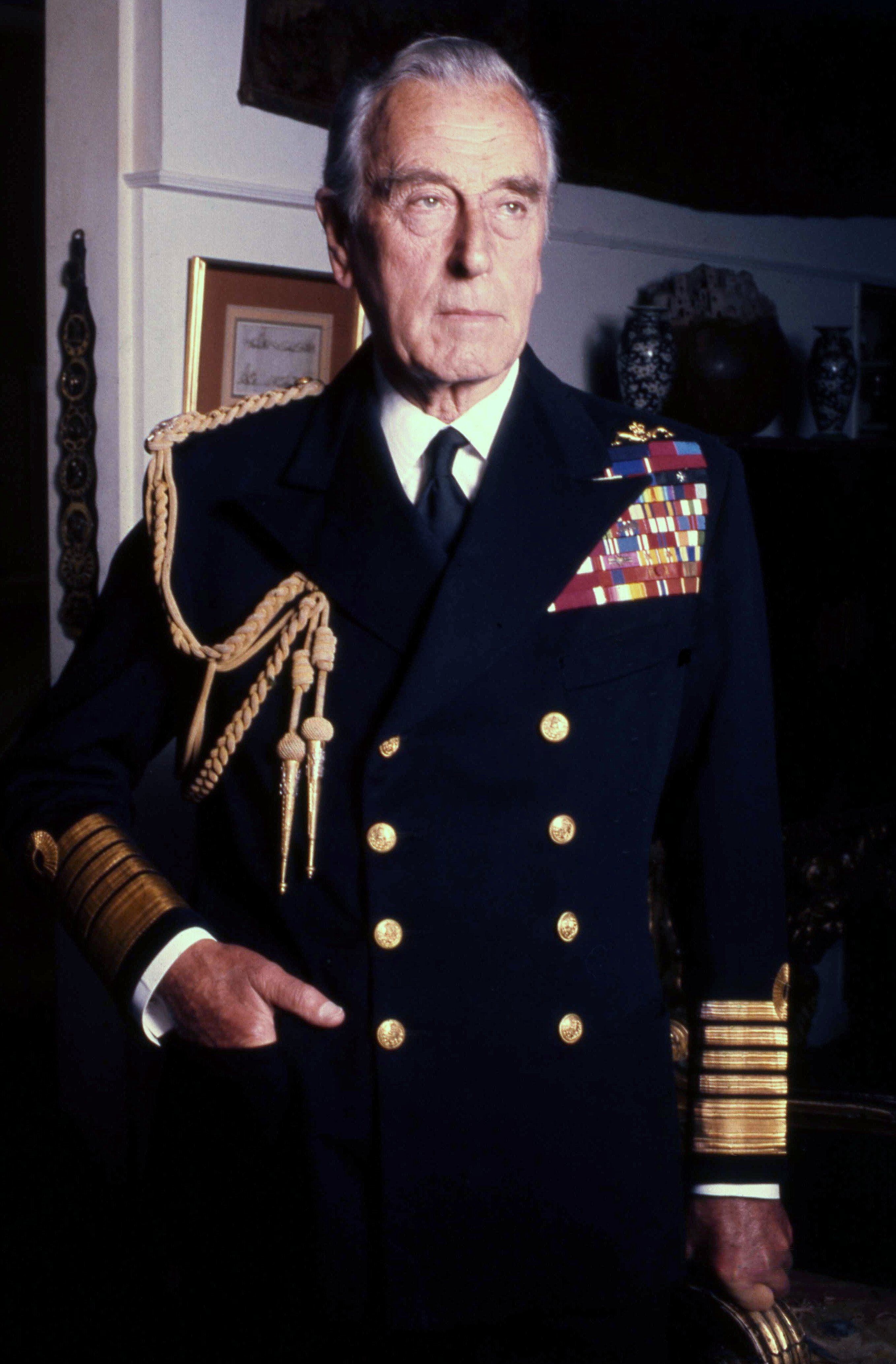
Louis Mountbatten, 1st Earl Mountbatten of Burma, Credit – Wikipedia
August 27, 1979 – Louis Mountbatten, 1st Earl Mountbatten of Burma, aged 79, Prince Philip’s uncle and a great-grandson of Queen Victoria, was assassinated by an Irish Republican Army bomb
Unofficial Royalty: Louis Mountbatten, 1st Earl Mountbatten of Burma
His Serene Highness Prince Louis Francis Albert Victor Nicholas of Battenberg was born on June 25, 1900, at Frogmore House in Windsor, Berkshire, England. His father was Prince Louis of Battenberg. His mother Princess Victoria of Hesse and by Rhine was a granddaughter of Queen Victoria. Princess Alice, Queen Victoria’s third child, was Louis’ grandmother. In the family, Prince Louis was known as Dickie. His siblings were: Alice, who married Prince Andrew of Greece and was the mother of Prince Philip, Duke of Edinburgh; Louise, who married King Gustaf VI Adolf of Sweden; and George Mountbatten, 2nd Marquess of Milford Haven.
Louis was raised mainly in England and attended the Royal Naval College at Osborne. As a child, Louis visited his first cousins, the children of his aunt Empress Alexandra Feodorovna and Tsar Nicholas II of Russia. He developed a romantic interest in Grand Duchess Maria Nikolaevna and kept her photo next to his bed his entire life.
During World War I, King George V changed the name of the British Royal House from the Germanic Saxe-Coburg and Gotha to the English-sounding Windsor. The King requested that his relatives with German names and titles do likewise. In 1917, Louis’ father relinquished the title Prince of Battenberg in the Grand Duchy of Hesse, along with the style of Serene Highness, and anglicized his family name, changing it from Battenberg to Mountbatten. King George V created Louis’ father Marquess of Milford Haven, Earl of Medina, and Viscount Alderney in the peerage of the United Kingdom. Louis’ mother stopped using her title of Princess of Hesse and became known as the Marchioness of Milford Haven. Louis, his brother George, and his sister Louise assumed the courtesy titles as children of a British marquess. Therefore, Louis was styled Lord Louis Mountbatten. Louis’ eldest sister Alice had married into the Greek Royal Family in 1903 and never used the surname Mountbatten. However, her only son, Prince Philip of Greece and Denmark, adopted the name when he became a British subject in 1947.
Louis followed his father’s example and had a distinguished career in the Royal Navy during World War II. He was the last Viceroy of India and the first Governor-General of India. From 1954 – 1959 he was the First Sea Lord, a position that had been held by his father, Prince Louis of Battenberg, forty years earlier. He served as Chief of the Defence Staff until 1965, making him the longest-serving professional head of the British Armed Forces to date. During this period, he also served as Chairman of the NATO Military Committee. In 1946, he was created Viscount Mountbatten of Burma and in the following year, Earl Mountbatten of Burma. After that time, he was informally known as Lord Mountbatten.
Lord Mountbatten married Edwina Cynthia Annette Ashley on July 18, 1922, at St. Margaret’s Church, Westminster. Edwina was the favorite granddaughter of the banker Sir Ernest Cassel and had been the principal heir to his fortune. When Cassel died in 1921, Edwina received £2 million (£75.1 million in today’s pounds), the country house Broadlands and the London townhouse, Brooke House. The couple had two daughters, Patricia (born 14 February 1924) and Pamela (born 19 April 1929). Since Lord Mountbatten had no sons, when he was created Viscount Mountbatten of Burma and then Earl Mountbatten of Burma and Baron Romsey, the Letters Patent were written to allow the titles to pass to his daughters, in order of seniority of birth, and to their heirs male respectively if there were no sons or issue in the male line. After Lord Mountbatten’s death, his elder daughter Patricia became the 2nd Countess Mountbatten of Burma in her own right.
Lord Mountbatten and his family traditionally vacationed at Classiebawn Castle in Mullaghmore, a village in County Sligo, Ireland and they did so during August of 1979. On August 27, 1979, Lord Mountbatten and his family members planned to go lobster-potting and tuna fishing despite security warnings. Unbeknownst to anyone, Irish Republican Army (IRA) member Thomas McMahon slipped onto the unguarded boat the previous night and attached a radio-controlled bomb. When Lord Mountbatten and his family were just a few hundred yards from shore, the bomb was detonated. A witness said the bomb blew the boat “to smithereens” and hurled all seven occupants into the water.
Nearby fishermen pulled Lord Mountbatten, aged 79, out of the water. His legs had been almost severed by the explosion and he died shortly afterward. Also killed by the bomb were Nicholas Knatchbull, the 14-year-old son of Lord Mountbatten’s elder daughter; 83-year-old Doreen Knatchbull, Dowager Baroness Brabourne, the mother-in-law of Lord Mountbatten’s elder daughter; and Paul Maxwell, a 15-year-old from County Fermanagh who was a crew member. Lord Mountbatten’s elder daughter Patricia Knatchbull; her husband John Knatchbull, 7th Baron Brabourne; and their son Timothy Knatchbull, the twin of Nicholas, survived the explosion but were seriously injured.
The attack called into question the security arrangements surrounding the Mountbatten family. Lord Mountbatten never had a bodyguard. The boat had been left unguarded in the public dock in Mullaghmore, a village that is only 12 miles from the Northern Ireland border and was near an area known to be used by IRA members as a refuge. Thomas McMahon was convicted of the murders, and sentenced to life imprisonment but was released in 1998 under the terms of the Good Friday Agreement.

The British Royal Family at Lord Mountbatten’s Funeral, Credit – www.washingtonpost.com
Lord Mountbatten received a ceremonial funeral at Westminster Abbey on September 5, 1979, attended by Queen Elizabeth II, other members of the British Royal Family, foreign royalty, and leaders and politicians from all over the world. Members of Britain’s armed forces were joined by representatives of Burma, India, the United States, France, and Canada in escorting the naval gun carriage carrying Lord Mountbatten’s body to Westminster Abbey. The Prince of Wales read the lesson from Psalm 107 and the Archbishop of Canterbury, Donald Coggan, highlighted Lord Mountbatten’s various achievements and his “lifelong devotion to the Royal Navy”. After the public ceremony, the coffin was taken to Romsey Abbey near Broadlands, the Mountbatten family home in Hampshire, and buried at a private service.

Lord Mountbatten’s grave at Romsey Abbey, Credit – Wikipedia
******************************

Diana, Princess of Wales; Credit – Wikipedia
August 31, 1997 – Diana, Princess of Wales, aged 36, was killed in a car accident in Paris, France
Unofficial Royalty: Diana, Princess of Wales
Unofficial Royalty: In Memoriam: Diana, Princess of Wales (1961-1997)
The Honourable Diana Frances Spencer, the youngest daughter of John Spencer, Viscount Althorp (later the 8th Earl Spencer) and The Honourable Frances Roche, was born on July 1, 1961, at Park House on the Sandringham Estate. She had two older sisters – Sarah and Jane – and two younger brothers – John (died in infancy) and Charles, 9th Earl Spencer.
On February 24, 1981, Buckingham Palace announced the engagement of The Prince of Wales and Lady Diana Spencer. Diana and Charles married on July 29, 1981, at St. Paul’s Cathedral in London. Entering on her father’s arm as Lady Diana Spencer, she later emerged from the Cathedral as Her Royal Highness The Princess of Wales, the 3rd highest-ranked lady of the land. Soon it was announced that the Princess was expecting her first child. On June 21, 1982, Diana gave birth to Prince William. Two years later, on September 15, 1984, Prince Harry was born.
On December 9, 1992, after several years of media speculation, Buckingham Palace announced the separation of the Prince and Princess of Wales. Following disastrous television interviews given by both Charles, in June 1994, and Diana, in November 1995, Buckingham Palace announced that The Queen had sent letters to both Diana and Charles, advising them to divorce as quickly as possible. Following many private meetings and negotiations with Prince Charles and representatives of The Queen, Diana agreed to a divorce in February 1996. Their divorce became final on August 28, 1996.
After her divorce in 1996, Diana had a relationship with Dr. Hasnat Khan, a British-Pakistani heart surgeon, which ended in June 1997. She then became involved with Dodi Fayed, son of Mohamed Al-Fayed, the owner of Harrods and the Ritz in London. Diana and her sons joined the Fayed family in the south of France for a summer vacation where she and Dodi reportedly began their romance. Following her trip to Bosnia, Diana joined Dodi Fayed on a private cruise aboard the Fayed’s yacht, returning to Paris on August 30. Later that night, hounded by paparazzi, the couple left the Ritz Hotel to go to Dodi’s apartment in Paris. Just minutes later, their car crashed in the Pont de l’Alma tunnel, killing Dodi and the car’s driver, Henri Paul, instantly. Diana was critically injured and eventually taken to the Pitié-Salpêtrière Hospital. Diana, Princess of Wales was pronounced dead at 4 am.

The entrance to the Pont de l’Alma tunnel where Diana, Princess of Wales was fatally injured, Photo Credit – Susan Flantzer
The Prince of Wales and Diana’s two sisters flew to Paris to accompany her body back to England. Draped with the Royal Standard, Diana’s coffin was taken to the Chapel Royal at St. James’s Palace where it remained for several days, before returning to her home at Kensington Palace. On Saturday, September 6, 1997, a procession began at Kensington Palace and ended at Westminster Abbey where Diana’s funeral was held. Following the funeral, the coffin was taken to Althorp, where it was privately interred on an island in the center of a lake.

The funeral of Diana, Princess of Wales, Photo Credit – www.dailymail.co.uk

Island at Althorp House where Diana, Princess of Wales is buried, Credit – www.mirror.co.uk
This article is the intellectual property of Unofficial Royalty and is NOT TO BE COPIED, EDITED, OR POSTED IN ANY FORM ON ANOTHER WEBSITE under any circumstances. It is permissible to use a link that directs to Unofficial Royalty.








